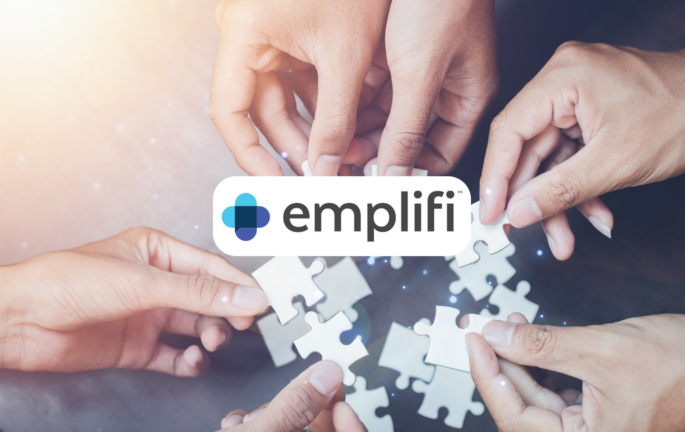It does not take much for people to switch brands, reveals the latest report by Genesys. About 31% of consumers choose to switch to other businesses after a disappointing interaction with a company. The Genesys State of Customer Experience report highlights this issue while indicating that organizations face a significant challenge in meeting rising customer expectations, negatively impacting their profits.
"Consumers today have little tolerance for fragmented, inefficient and transactional interactions, which they're demonstrating by leaving for the competition. The most innovative organizations are proactively addressing these rapidly changing expectations by redefining what's possible using digital technologies and artificial intelligence (AI). For organizations, this study underscores the importance of strengthening customer and employee relationships by orchestrating personalized, empathetic experiences at scale," said Barbara Holzapfel, Chief Marketing Officer, Genesys.
Poor Experience Affects Loyalty
Organizations are struggling to keep up with the increasing expectations of consumers, causing consumers to rapidly turn to other businesses when their needs are not met.
Most consumers (86%) believe that the quality of a company's service reflects its competence, which is an increase of 16% points from last year. However, only 13% of businesses have the tools and technology to provide the customer experiences that people expect today.
Less than half (43%) of consumers feel highly valued after a call with a company, while a quarter reported losing their temper during such calls. Shockingly, 12% of customers had such terrible experiences that it moved them to tears.
Poor experiences are not just frustrating but also harmful to brand loyalty. A staggering 77% of consumers would switch brands after having five or fewer negative interactions.
Personalization preferences
To meet customers' needs and demands, organizations must understand the preferences and motivations behind their behaviors.
Gen Z and millennials value experience and hold companies to high standards, but a poor customer experience can cause them to switch brands quickly. Last year, 34% of Gen Z consumers switched brands, as opposed to only 25% of baby boomers. However, younger consumers can also become brand ambassadors if they receive excellent customer service, with 43% willing to recommend companies to their network, in comparison to 33% of baby boomers.
Consumers find personalized experiences on preferred channels more important than marketing deals. Only 16% consider marketing deals essential, while 62% prefer personalized experiences. Over 80% of consumers are willing to purchase additional items from such companies, consistently providing personalized experiences.
Over half of the respondents consider fast response times and issue resolution during the first interaction as the most valuable aspects of customer experience. In contrast, dropped calls are the most frustrating experience when engaging with customer service, together with the inability to reach a live agent from a chatbot.
Keep an eye on technology preferences too
Organizations should take into account consumer preferences and attitudes when deciding which tools and technologies to use.
As chatbots become more prevalent in customer service, so does consumer dissatisfaction. Only 21% of customers are satisfied with chatbots, mostly because they cannot connect with an agent. To leverage the benefits of chatbots, organizations must prioritize creating a more seamless flow of relevant information across channels and interactions, helping customers achieve their goals more quickly.
One of the biggest obstacles to providing seamless customer experiences is the lack of continuity in customer context across different channels. To address this challenge, most organizations are prioritizing the implementation of an integrated CX platform and the connection of technology and data for omnichannel experiences, with 71% and 50% of organizations citing these as their top strategic priorities, respectively.
Out of all digital channels, email has become the most commonly used method to reach customer service, with 72% of customers using it, compared to 68% using voice. However, even though email is the most commonly used digital channel, it is not the preferred one because of slower response times. Customers prefer communicating through voice calls. When it comes to age groups, only 19% of Gen Z customers prefer voice calls compared to 52% of baby boomers. Therefore, companies need to adapt their customer engagement model to cater to the preferences of the digital generation.










